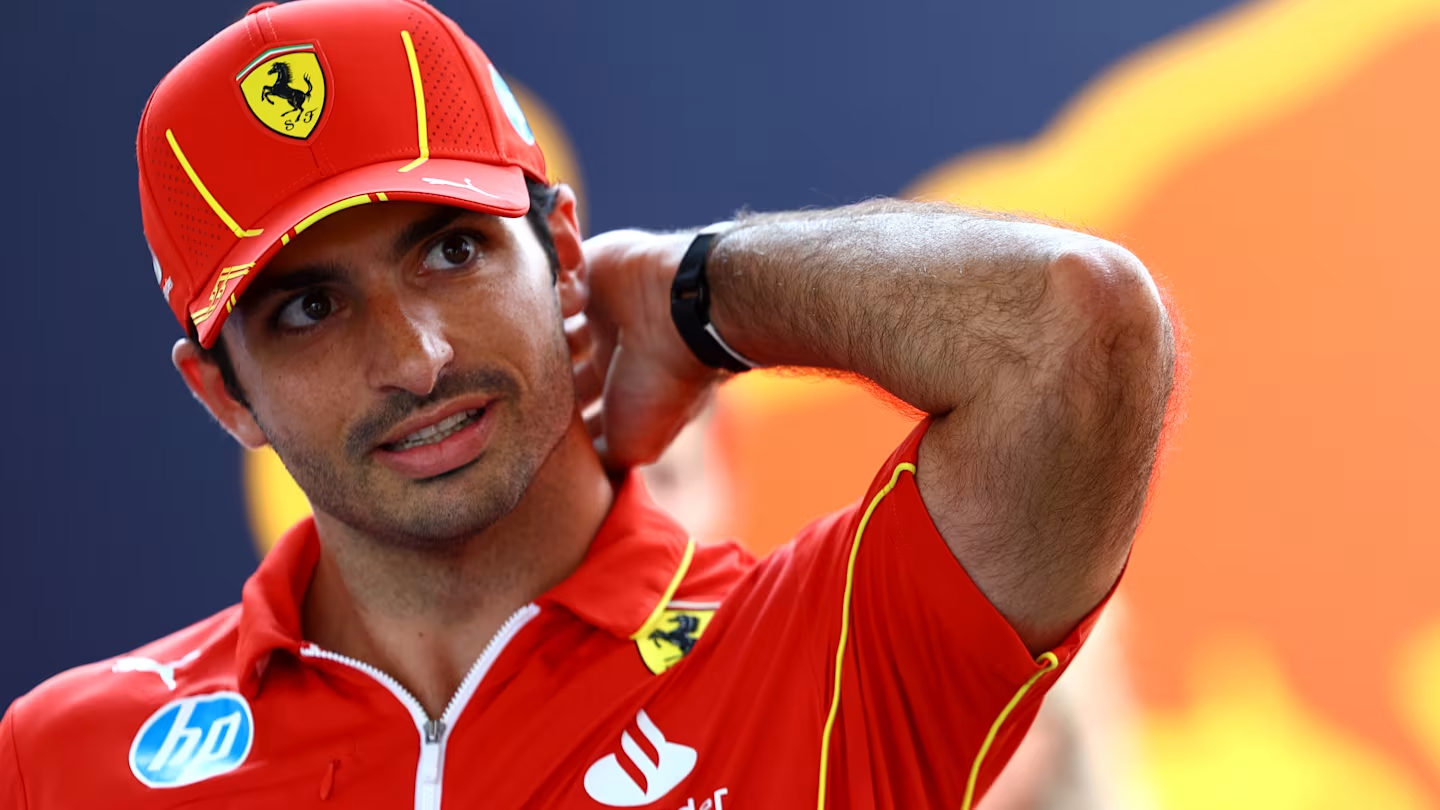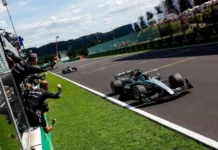
Williams has announced it is considering selling its struggling Formula 1 team due to financial problems.
In a statement, the Williams Grand Prix Holdings group confirms potential options include the sale of a minority or majority stake, as well as a total buy-out of the company. The statement also says Williams is in “preliminary discussions” with potential investors.
The Group reports a loss of $16 million for the year ending 2019. In the previous year, it made a profit of $15.9 million.
Along with news of a possible sale, the team is cutting ties immediately with title sponsor ROKit.
Williams is one of the most successful programs in Formula 1 history with nine constructors’ championships and seven driver championships.
But after a solid run from 2014-17 that included two third-place finishes in the constructors’ standings, the team has fallen dramatically. It has finished at the bottom of the standings in each of the last two seasons.
In his own comments, Williams CEO Mike O’Driscoll said: “The financial results for 2019 reflect the recent decline in competitiveness of the F1 operation and the consequent reduction in commercial rights income.
“After four years of very solid performance in the FIA F1 Constructors’ Championship … We endured a couple of very difficult seasons.”
Williams and Formula 1 as a whole face tough financial pressures during the COVID-19 pandemic, which has delayed and altered the 2020 calendar. On Thursday, the Dutch Grand Prix became the fourth event canceled this season.
Despite its challenges, the team says it is funded and ready to compete when racing resumes. Britain’s George Russell and Canadian rookie Nicholas Latifi are its two drivers.
Williams seeks to stabilize ahead of a pivotal 2021 season for the sport.
Next year will include the debut of a $145 million cost cap; new technical and sporting regulations; and a sliding scale for aerodynamic development to help smaller teams close the gap to their bigger rivals.

















































